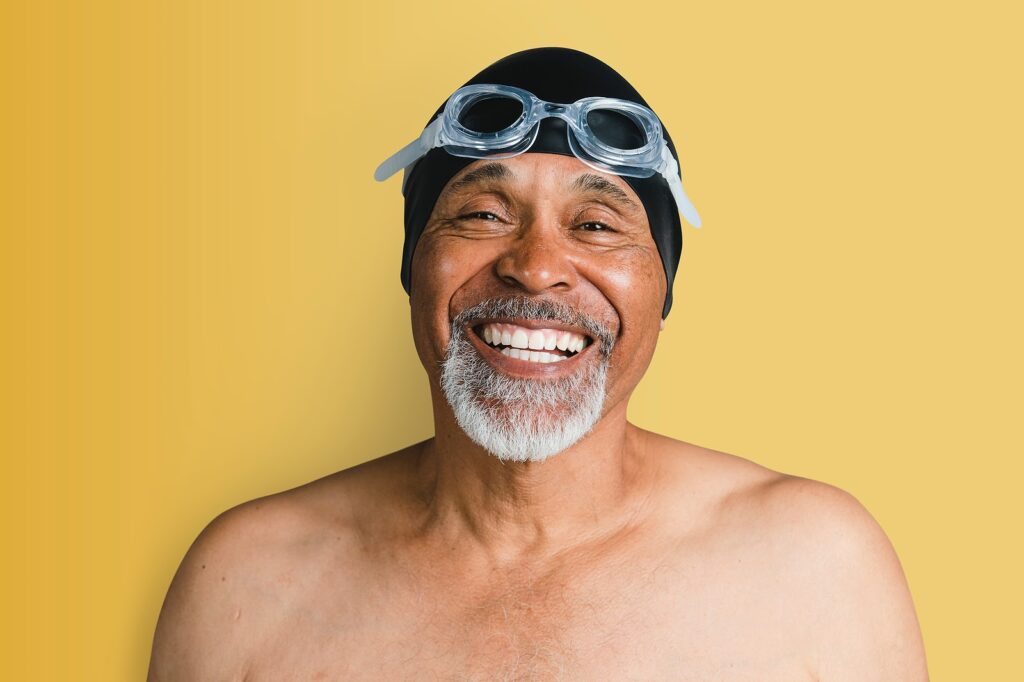It’s certainly no secret that exercise is important to our health, yet the fact remains that only 1 in 4 adults in the United States get enough, according to the CDC. What’s more, about 31 million adults aged 50 or older are inactive, which is defined by the CDC as getting no physical activity beyond that of daily living; this is a bigger risk than you may realize. Here’s how staying fit benefits you even more as you age, along with tips to get you started exercising.
Benefits of Staying Fit at 55+
If you’ve never been particularly physically active you may ask yourself, why start now? Well, the good news is that research has found even starting to exercise later in life still provides benefits that include:
- Increased life expectancy – Exercise does so by not only reducing the risk of things like heart disease but also slows the aging process at a cellular level.
- Better control of diabetes – The amount of glucose in your blood is reduced by exercise and it also helps slow more severe symptoms of the disease like nerve pain and kidney disease.
- Lower risk of depression – When you exercise, your body releases endorphins and neurotrophic proteins which not only make you feel good short-term but also result in the growth of new nerve cells and connections as well.
- Increased strength – Exercise that includes strength and conditioning helps to keep your bone density at healthy levels, improves your balance, and gives you more stamina to keep up with those grandkids!
- Better sleep – It’s common for good sleep to be more elusive as you age, but exercise can help not only by making you more physically tired but also by providing stress relief as well.
- Lower risk of dementia – The Alzheimer’s Association reports that there’s a link between physical activity and cognitive performance that suggests exercise, specifically aerobic exercise, is an effective way to reduce cognitive decline later in life.
- More social connections – Maintaining relationships can be harder as you age. Exercising provides opportunities to meet new people through classes or at the gym and can even help you stay connected to neighbors and friends through walking or running groups.
Exercise Tips to Get You Started
Whether you’ve never consistently exercised before or you’re interested in changing up your routine as you age, these tips can help.
- Check with your doc – Before beginning any new exercise routine, we recommend checking with your doctor to see if you have any restrictions due to medications or chronic conditions.
- Know what’s recommended – The National Institute on Aging (NIA) recommends at least 150 minutes of moderate-intensity physical activity throughout the week in sessions of at least 10 minutes duration.
- Vary the type of exercise – The NIA also recommends that weekly exercise time be spread across four categories: endurance, strength training, balance, and flexibility. Check out examples of each that you can try at home here.
- Don’t forget the before and after – To give your muscles a chance to get ready and to help prevent injury, make sure you spend about five minutes before and after you exercise to warm up and cool down.
- Have fun – The truth is, you’re more likely to continue exercising if it’s something you enjoy, so look for ways to make it fun by incorporating it into things you already love doing, using it as a social opportunity, listening to music, audiobooks or podcasts while you exercise, and/or rewarding yourself when you achieve new goals.
Check out our Active Adult Decision Guide to learn more. Or, contact us today to schedule your virtual tour!



